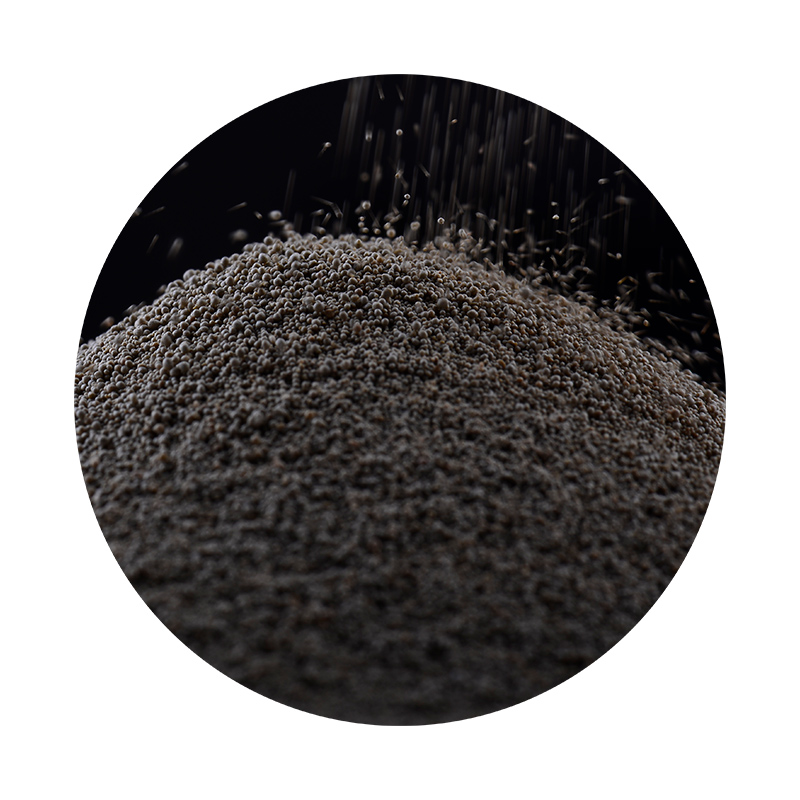The Materials Used in Sand Casting
Sand casting is a widely used manufacturing process that allows for the creation of complex metal parts through the use of a mold made of sand. The versatility and affordability of sand casting make it one of the most popular methods in the foundry industry. This article will explore the various materials used in sand casting, including the sand itself, binders, additives, and the metals that are cast, along with their respective properties and significance in the casting process.
1. Sand
The primary material used in sand casting is, unsurprisingly, sand. The most commonly used sand is silica sand due to its high melting point and strong thermal properties. Silica sand is composed mainly of quartz, making it an excellent material that can withstand high temperatures encountered during the melting and pouring of metals. The grain size of the sand is also crucial; fine grains provide a smoother finish to the cast, while coarser grains offer greater strength and durability to the mold. Other types of sand, such as zircon sand or chromite sand, can also be used for specific applications where different thermal or chemical properties are required.
2. Binders
Binders are used to hold the sand particles together and ensure that the mold retains its shape throughout the casting process. There are two main types of binders organic and inorganic. Organic binders typically include materials like phenolic resins or molasses and are favored for their ease of use and ability to produce fine details in the casting. Inorganic binders, such as sodium silicate, are often used in applications that require higher heat resistance and stronger molds. The choice of binder affects not only the strength of the mold but also its reclamation properties, which is important for recycling used sand after casting.
3. Additives
what materials are used for sand casting

Additives are utilized to enhance the properties of the sand mixture and modify its performance characteristics. Common additives include clay, which improves the bonding strength of the sand, and water, which helps in achieving the necessary moisture content for mold formation. Other additives like graphite can be employed to improve the mold's conductivity, reducing defects during the pouring of molten metal. Furthermore, other proprietary additives are sometimes used to enhance the mold's durability and surface finish, depending on the specific requirements of the casting being produced.
4. Metals for Casting
The choice of metal is perhaps the most critical aspect of the sand casting process. Various metals can be cast using sand molds, each with unique properties suited to particular applications. Ferrous metals, such as cast iron and carbon steel, are commonly cast because they provide good wear resistance and strength. Aluminum alloys are also popular due to their lightweight nature and excellent corrosion resistance, making them ideal for automotive and aerospace components. Other metals, such as bronze and brass, are used for decorative items and applications requiring good machinability and aesthetic appeal.
5. Benefits of Sand Casting Materials
The materials used in sand casting offer several benefits. The use of silica sand and appropriate binders allows for the creation of molds that can withstand the high temperatures of molten metal. Moreover, the flexibility in choosing additives and metal types enables manufacturers to tailor the casting process to meet specific performance requirements. Additionally, the relative low cost of these materials makes sand casting an economically viable option for producing both small and large quantities of components.
Conclusion
In summary, the materials used in sand casting play a vital role in determining the quality and properties of the final product. From the type of sand and binders to the metals being cast, each material contributes uniquely to the overall success of the casting process. Understanding these materials allows foundries to optimize their processes to produce high-quality castings that meet industrial demands. As advancements in materials science continue to evolve, sand casting will remain a key manufacturing technique in various industries.
Post time:تشرینی دووەم . 15, 2024 13:20
Next:Kul atıyor
